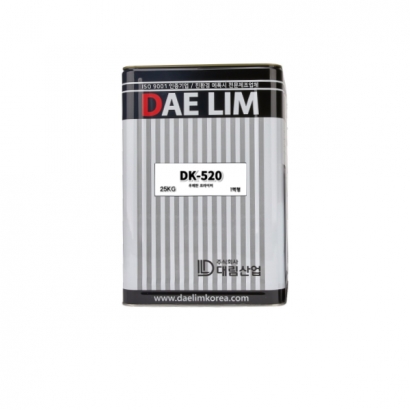
Excellent Adhesion: Offers outstanding bonding strength to various hard surfaces, forming a stable waterproof layer.
Wear Resistance: Highly durable, ensuring effective protection even after prolonged use.
Bubble Suppression: Prevents bubble formation during application, maintaining a smooth surface.
Easy Application: Can be easily applied using a brush or roller, simplifying the process.
Quick Drying: Dries rapidly, enhancing overall work efficiency.
Category | Polyurethane Primer (DK-520) | ||||
Content | |||||
Mix Ratio | Single-component | ||||
Appearance | Brown transparent liquid | ||||
Viscosity | (cps/25℃) Max 100 | ||||
Drying Times | Set to touch | 5℃ | 20℃ | 30℃ | |
1H | 1/2H | 1/4H | |||
Dry Hard | 6H | 2H | 3/2H | ||
For | Min | 8H | 4H | 3H | |
Max | 2D | 1D | 1D | ||
Finish | Glossy | ||||
Theoretical Coverage | 0.18kg/㎡ (5.6㎡/ℓ) - 50μm | ||||
Dry Film Thickness | 50μm | ||||
Wet Film Thickness | 179μm | ||||
Packaging Unit | 25 кg (18L) | ||||
1. Working Environment
2. Preventing Damage
When working on or finishing the waterproof layer, avoid actions that might damage it:
3. Application Method
(1) Surface Preparation
(2) Primer Application (DK-520)
(3) Repair and Reinforcement Work (Polyurethane Sealant: DK-510)
(4) Intermediate Coating (DK-530) or (DK-540)
* Thinner Use: Always use a polyurethane thinner suitable for waterproofing. Do not use general-purpose thinners like epoxy or lacquer thinners, as they can cause incomplete curing.
(5) Topcoat Application (DK-540)